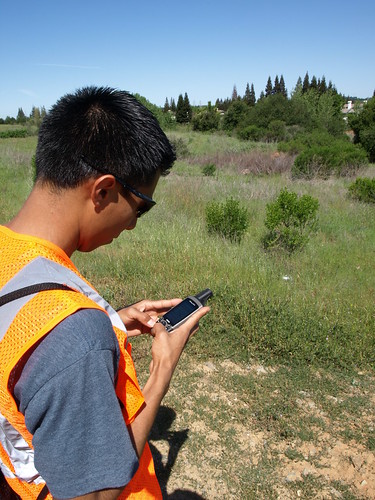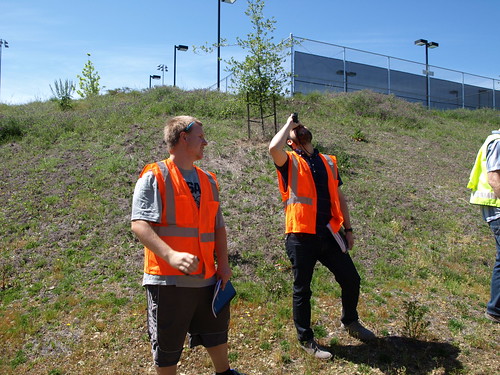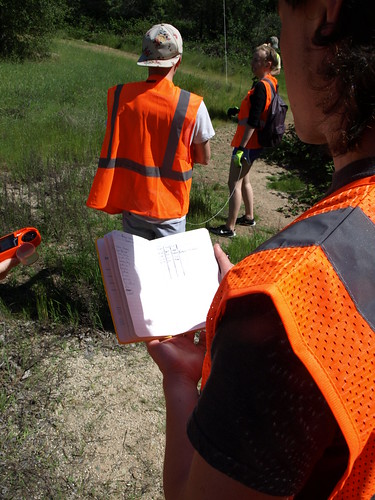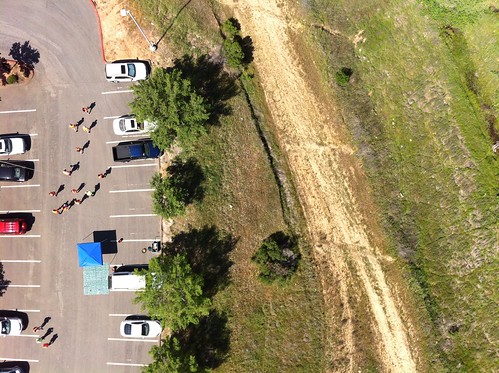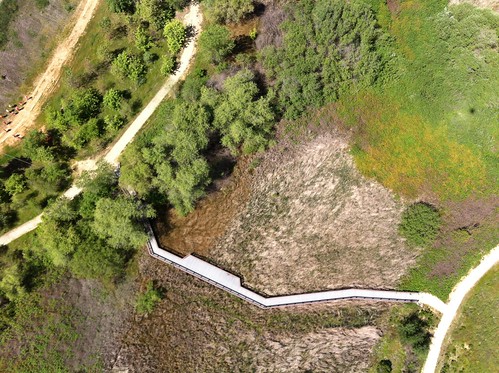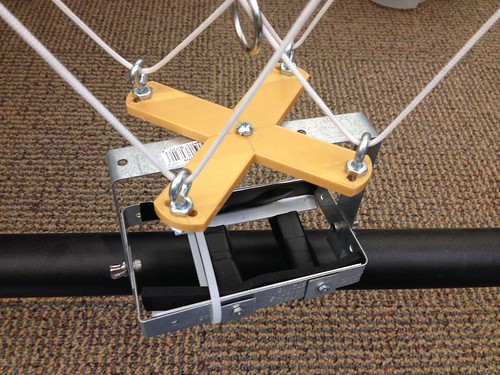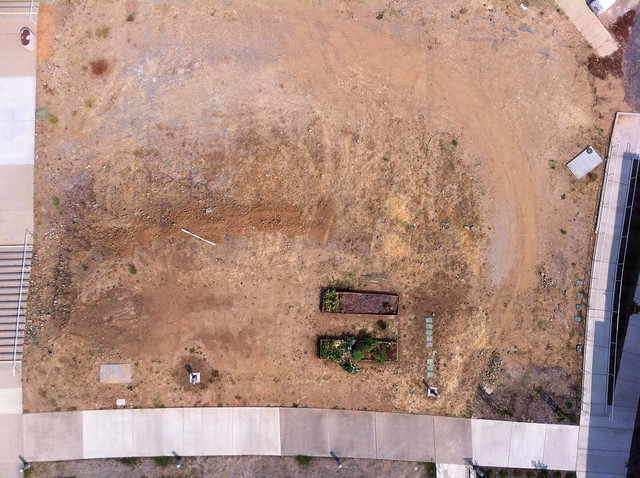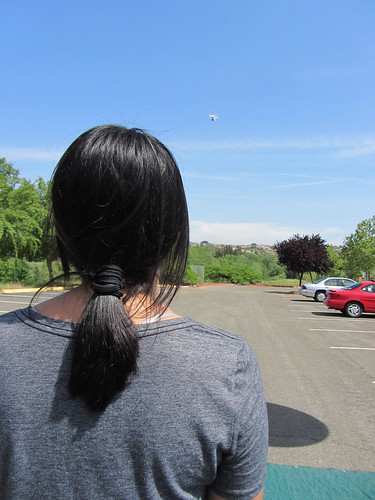Whenever we do a flight day, we try and have at least one student taking photos and documenting the process. Here are some Folsom Lake College students at our most recent BAP field day doing science – taking GPS coordinates, shooting the balloon with the laser rangefinder, and logging data.
Field day with Jason Pittman’s (Geosciences) class yesterday. The balloon pulled well, I think thanks in part to the weight reductions we achieved with the new 3D printed picavet part.
Full dataset here: https://drive.google.com/folderview?id=0B1HizVK87qvsS3kxX3A4OGM4WFU&usp=sharing
Did a quick SketchUp model of a picavet and printed it for a BAP day on Wednesday. Much lighter than the setup it replaced.
When I have a little more time, I’ll look into replacing all the metal parts with printed plastic ones.
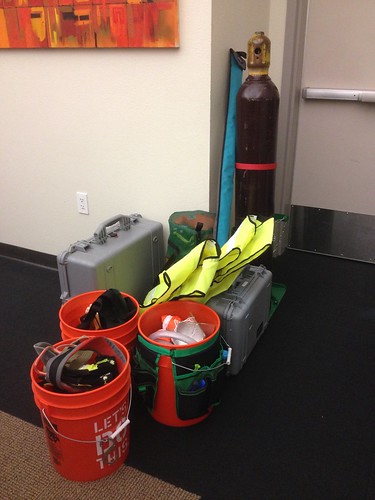
Kite? Check. Helium? Check. It takes quite a bit of gear to execute a proper field day. Professor Jason Pittman arranged a KAP/BAP field day, and we headed up to the wetlands on the north end of campus to meet students around noon. Following a brief safety talk and protocol orientation, one team set out to launch the balloon, while the other team assembled and attempted to launch the kite.
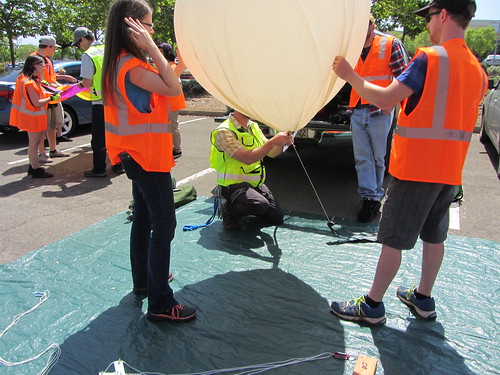
Half-full, balloon #1 revealed some pinhole leaks, so we tried to move the gas to a second balloon, which didn’t work at all, and we popped the first one in the process. Fortunately, we were able to get one of the spares filled and in the air.
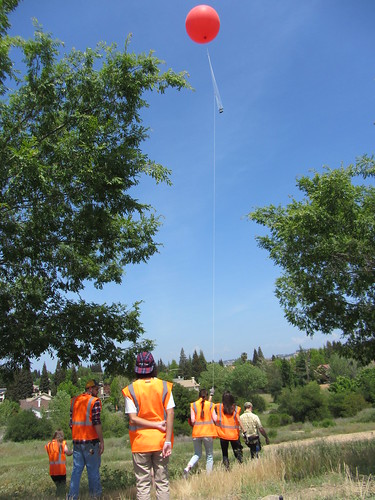
The kite team struggled with inconsistent wind. After many heroic attempts, they eventually scrapped the launch and joined the balloon team to walk the wetlands.
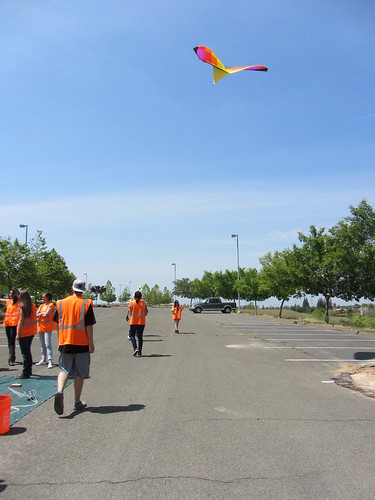
We flew for ~40 minutes, with the camera (iPhone on the picavet, running Timelapse at 10 second intervals), and captured some really good shots. (Link: The full set images from 04.24.15 BAP field day.)
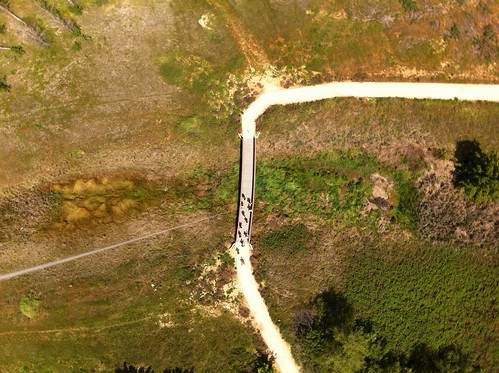
At 2 o’clock, we headed back to the cars to stow the gear and head out. A few students hung around and had a chance to fly our newest quad.
We got some new GoPro Hero 4 cameras for the project, and as usual, the cameras don’t include a lens cap. Downloaded one from Thingiverse and printed out a few. Still working out some printing issues, but they printed well enough, and fit perfectly.
(CC BY-NC by Thingiverse user PrintTo3D – http://www.thingiverse.com/thing:13276)

We’ve had some success using the iPhone for aerial imaging from kites, balloons, and quads, so I’ve been looking for a way to mount one to our new Phantom’s GoPro mounting base plate. A quick search of http://thingiverse.com returned this GoPro-compatible iPhone case created by N3W0NE (CC BY-NC-SA). I printed it out on our new Printrbot, and while it technically fits, it needs a little adjustment to be ideal for our situation. Most GoPro and iPhone users want to mount cameras facing forward, but ours needs to be pointing straight down, which sometimes doesn’t quite work – various mounts and housings get in the way. For this model to work correctly for our needs, it needs to be tweaked so that the GoPro mount bit is on the short edge of the iPhone. Not a big deal, and I’m grateful that communities like Thingiverse exist, and that folks are willing to share their work.
The new quadcopter arrived, and it flies like a dream right out of the box. We’ve been looking for a stable, predictable (some would say boring) flyer, and this machine seems to fit the bill. Excited to put it through its paces in the next few weeks!
Thanks to the very responsive team at Publiclab.org – Stewart, Jeff and Liz! – MapKnitter is back up and running exports. Here’s a before and after version of one student’s work with the balloon photos:

Overall, a fine result, but a few anomalies might bear some experimentation. For instance, the dropouts toward the top of the north/south path on the left-hand side, and a small faded out area near the bottom left, just above where the east/west and north/south paths join. If I had to guess, I’d say these were the result of too many overlapping images in those particular sections. I think I’ll see about thinning out some of the overlaps to see if I can’t get a cleaner export.
Here’s a screenshot of one of the many photo composites that students are working on with the data gathered from the balloon flight a couple of weeks ago:
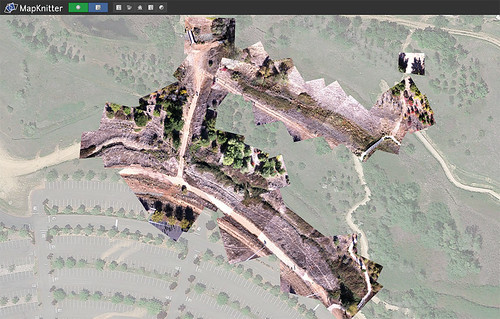
MapKnitter is being finicky about exports, but hopefully that will resolve itself before long, and students will be able to get their hands on the stitched photos for further analysis.
